Early morning hardships
From Long Xuyen city, if you want to see the people of Bay Nui climbing palm trees, you have to leave at dawn to be on time. It took us more than 2 hours to reach the palm forests. Early in the morning, the dawn rays of sunlight just shone through the palm leaves, which was also the time when people were enthusiastically climbing high to collect honey. Each plastic jar gently rattled along with the men's quick footsteps, very pleasant to the ears. For travelers from far away who want to "hunt" for beautiful photos, early morning is the most ideal time.
Hidden in the palmyra palm forest, people quietly collect each jar of honey collected from the night before. They work tirelessly all year round. People often say that this profession is “eating on the ground and doing things in the sky”. Because every day they spend time on the trees to collect honey, meticulously using knives to peel and press each palmyra palm flower. If you come here and know how to climb trees, try climbing the pedestal (made of bamboo, tied tightly to the palmyra palm trunks), you will feel the hardship of the job. When climbing about half way up the palmyra palm tree, my arms and legs were exhausted, I could no longer hold on to the pedestal.
When I was young, living in the countryside, I had quite good tree climbing skills. However, when climbing a palm tree dozens of meters high, there was no way to conquer the top, I had to give up and admit defeat. Seeing me tired, Mr. Nguyen Cong Chuc (40 years old, specialized in climbing palm trees) chuckled. Up to now, he has been in the profession for 20 years, that much time has been spent struggling to raise a group of children to study. Mr. Chuc said that in the past, his parents were poor, living mainly by climbing palm trees to cook sugar to sell during the tourist season. When he grew up, he helped his family raise his younger siblings. Since then, he has been proficient in the profession until now.
Mr. Chuc climbed high to harvest palm honey.
Currently, Mr. Chuc climbs up to 60 palm trees every day. During the peak honey harvesting season, he has to wake up at 3am to make enough sugar to sell to local establishments. Mr. Chuc said this job is very difficult, not easy at all. After talking for a while, he suddenly showed me his two hands. It was horrible to see a large crack cutting across several fingers, quite deep. I held his hand and pressed it lightly, feeling a shiver from the rough, calloused skin. "Sometimes it hurts when I stretch it out! Now, my hands are so hard that I can't stretch them straight," said Mr. Chuc.
I wish I had another job to do.
Not only that, Chuc also lifted his feet, revealing a thick, hard layer of skin. Chuc said that every day he climbed over hundreds of old bamboo thorns. At first, when he first started his job, he felt a sharp pain in his feet. Gradually, over time, the very thick layer of calloused skin helped him no longer feel pain. However, his hands that had been climbing for a long time caused him excruciating pain. For the sake of life, he tried to endure the pain and continued his job of climbing palm trees to collect honey.
Sitting under the palm tree to relax, Mr. Chuc is very proud of the traditional profession that has been preserved through many generations, creating jobs for the majority of local workers. He confided that every day he harvests 300 - 400 liters of honey. "5 liters of honey can make 1kg of finished sugar. Every day, I can cook 60kg of sugar, selling it to traders for 26,000 VND/kg. A batch of sugar boiled with rice husks takes about 5 hours. So every day I earn more than 1 million VND, after deducting all expenses" - Mr. Chuc confided.
According to statistics, the palmyra palm forest in An Phu ward (Tinh Bien town) has about 14,000 ancient palmyra palm trees. Every day, Bay Nui residents supply the market with dozens of tons of delicious, famous sugar. Every morning, if visitors come here and look up, they will see people "climbing the top" to harvest sweet honey.
Seeing that the job of climbing palm trees is very hard, Mr. Chuc wanted to change jobs and find another job. However, many people who work far away from Binh Duong province and Ho Chi Minh City are unemployed and return to their hometowns to work for a living. Therefore, he tries to stick with the job to earn a living. In the hot noon sun, looking up at the palm trees stretching in the sun, we saw Mr. Chuc quickly lifting each full jar of honey down to the ground. His wife stood waiting, pouring honey into plastic cans to bring home to make sugar. For generations, palm trees have been closely associated with many households, helping them have a sustainable income.
The Bay Nui region has over 70,000 palm trees that were planted by locals over 100 years ago and passed down through generations. Every year, palm trees produce peak honey harvest from January to June of the lunar calendar. During peak months, sugar prices are low, and many families stock up to sell gradually during the off-season months. Old palm trees that no longer produce honey are cut down by locals to make handicrafts. |
LUU MY
Source: https://baoangiang.com.vn/nhoc-nhan-nghe-leo-thot-not-a420370.html


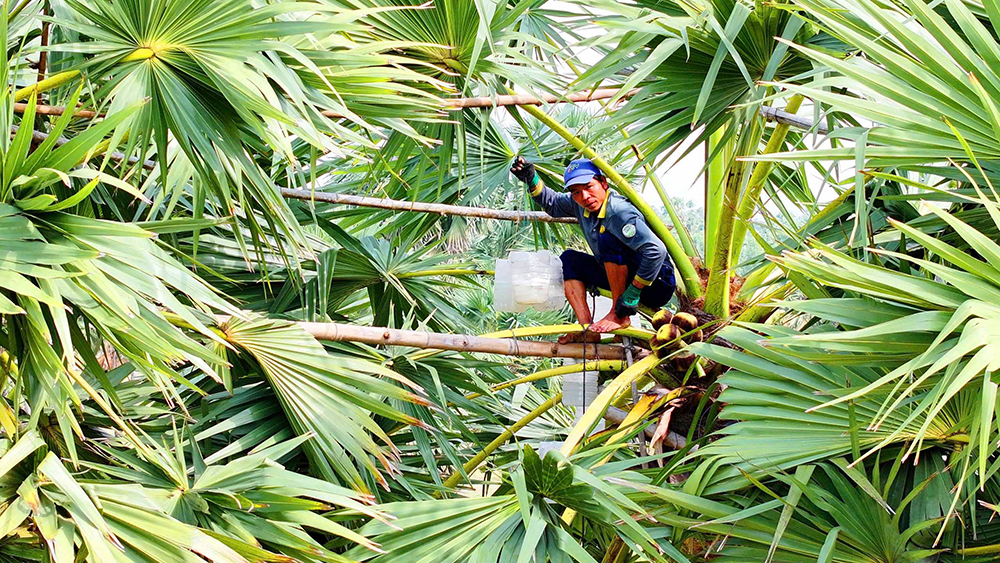
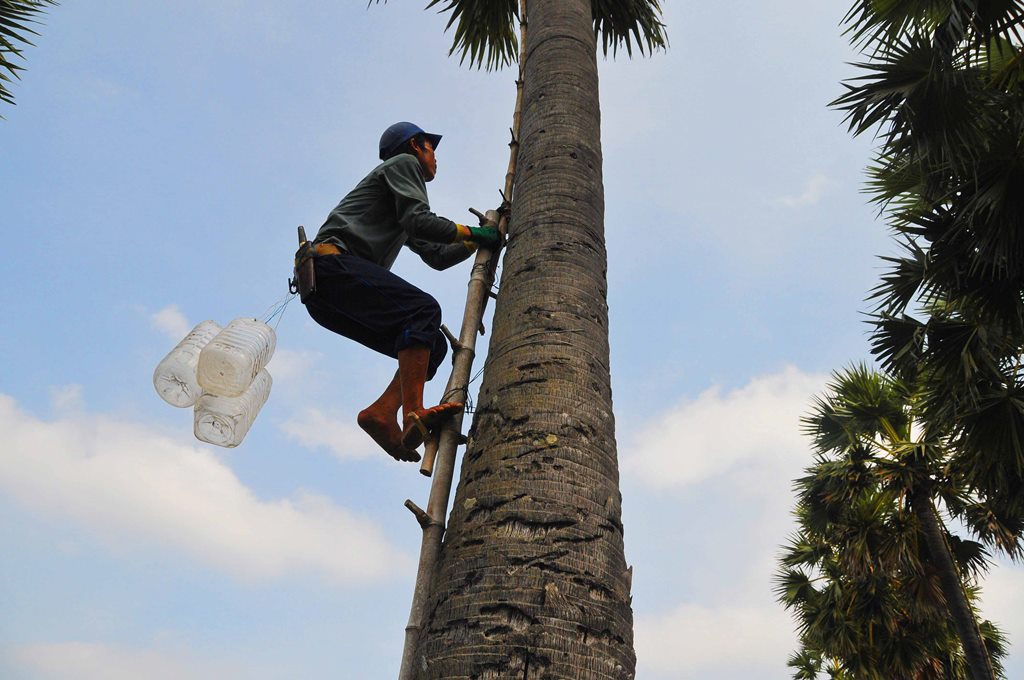
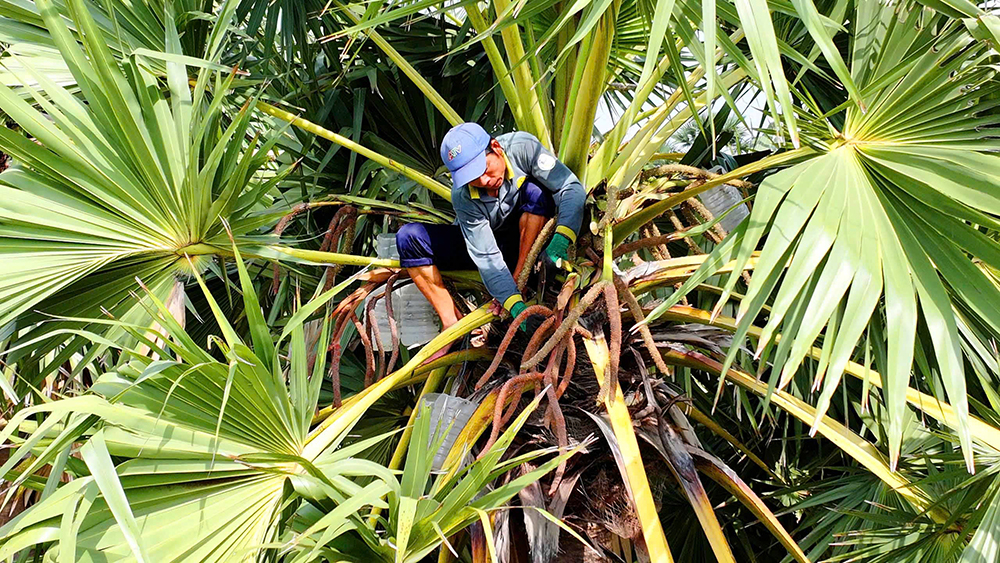
![[Photo] President Luong Cuong presents the decision to appoint Deputy Head of the Office of the President](https://vphoto.vietnam.vn/thumb/1200x675/vietnam/resource/IMAGE/2025/5/8/501f8ee192f3476ab9f7579c57b423ad)
![[Photo] National Assembly Chairman Tran Thanh Man chairs the meeting of the Subcommittee on Documents of the First National Assembly Party Congress](https://vphoto.vietnam.vn/thumb/1200x675/vietnam/resource/IMAGE/2025/5/8/72b19a73d94a4affab411fd8c87f4f8d)

![[Photo] General Secretary To Lam begins official visit to Russia and attends the 80th Anniversary of Victory over Fascism](https://vphoto.vietnam.vn/thumb/1200x675/vietnam/resource/IMAGE/2025/5/8/5d2566d7f67d4a1e9b88bc677831ec9d)
![[Photo] Prime Minister Pham Minh Chinh meets with the Policy Advisory Council on Private Economic Development](https://vphoto.vietnam.vn/thumb/1200x675/vietnam/resource/IMAGE/2025/5/8/387da60b85cc489ab2aed8442fc3b14a)
![[Photo] General Secretary concludes visit to Azerbaijan, departs for visit to Russian Federation](https://vphoto.vietnam.vn/thumb/1200x675/vietnam/resource/IMAGE/2025/5/8/7a135ad280314b66917ad278ce0e26fa)
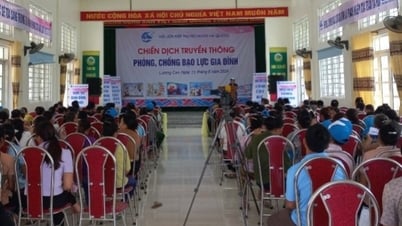
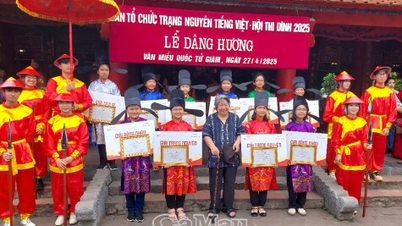











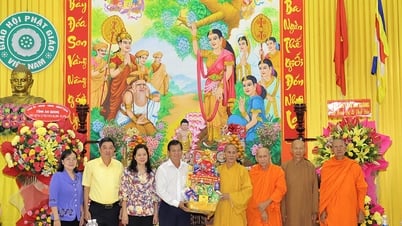
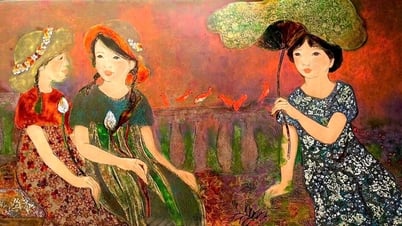


































![[Photo] Prime Minister Pham Minh Chinh talks on the phone with Singaporean Prime Minister Lawrence Wong](https://vphoto.vietnam.vn/thumb/402x226/vietnam/resource/IMAGE/2025/5/8/e2eab082d9bc4fc4a360b28fa0ab94de)













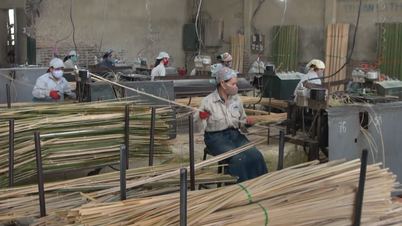
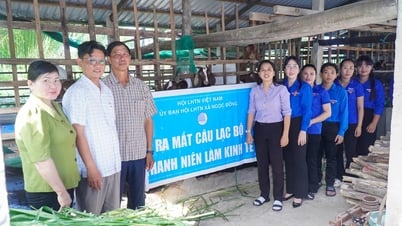















Comment (0)